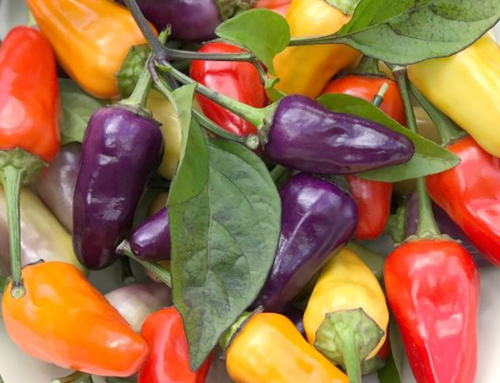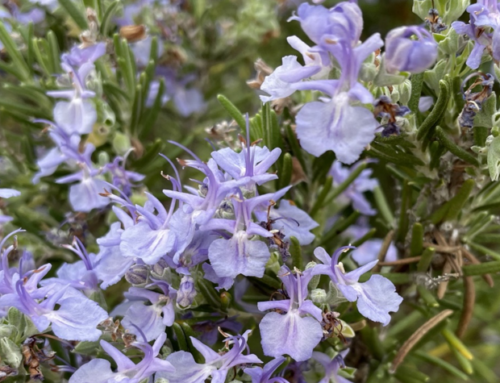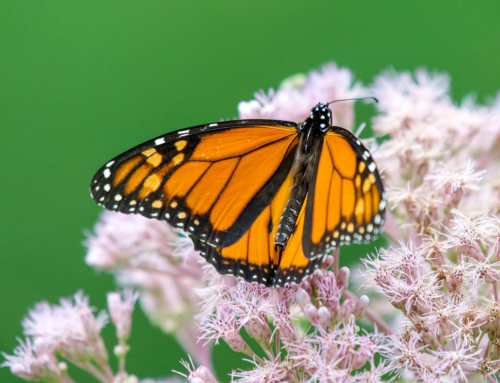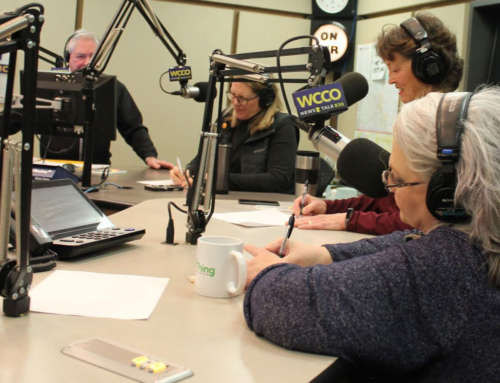If you’re like me, you’ve studied seed catalogs, visited garden centers, decided what to grow, and made your purchases. But it’s still too cold outside to plant. Now what? Time to start your seeds indoors….
How to begin?
Seeds are appealing because they’re less expensive and more varied than plants that are sold at retail. They can be purchased from catalogs or stores; or, you can use seeds that you’ve harvested and saved. It’s helpful to know that saved seeds may have a lower germination rate—indicating that a smaller percentage will sprout—than commercial seeds.
Determine how long seedlings need to grow indoors before they can be moved outdoors and planted safely. This information can be found on the websites of Minnesota’s Department of Natural Resources, which provides estimates of the last frost dates, and the University of Minnesota Extension, whose charts show the optimal dates for starting various vegetables and fruits:
https://www.dnr.state.mn.us/climate/summaries_and_publications/freeze_date.html
https://extension.umn.edu/yard-and-garden-news/its-time-start-your-seeds
Find a place in your home that has a reliable lighting source, consistent temperatures, access to water, adequate space for plants to grow, and is not too drafty or too hot. While some gardeners start their seeds on windowsills, basements are the most popular choice.
What supplies are required?
CONTAINERS: Most seedlings thrive in small, individual containers, such as plastic trays with individual cells; peat pots; or homemade containers like fiber egg cartons or cardboard toilet paper rolls. Start with clean containers; if you reuse containers, soak them in a mild bleach solution first. Be sure that containers have sufficient drainage and place a tray underneath them to catch excess water. Containers also need to be covered with clear lids or plastic wrap.
MEDIUM: Use a commercial seed starting mix that is lightweight and sterile rather than a regular potting mix or garden soil.
LIGHTING: For maximum growth, seeds and seedlings need 12 to 16 of hours of light per day. Fluorescent lights, grow lights, or LED shop lights work well, particularly in tube-like shapes. (Incandescent bulbs are not recommended.) Once seeds have sprouted, suspend lights 2 to 4 inches above their tops and raise the lights as the plants grow. Set a timer to turn lights on and off.
HEAT SOURCE: Warmth aids germination. There are heating mats designed for specifically for seed germination, but the top of a refrigerator or freezer can also work. Remove the seedlings from the heat source once the seeds have sprouted.
Caring for seedlings
Initially, use a spray bottle to mist the soil, which should be kept moist but not allowed to become soggy. After the seeds sprout and the seedlings begin to grow, water them lightly using a watering can and drain excess water from the runoff tray. Once one or two sets of leaves have appeared, fertilize the seedlings once a week with a liquid fertilizer diluted to one-quarter strength.
If seeds fail to germinate or if seedlings become mushy, gray, or brown, they may be suffering from a condition known as “dampening off,” which is caused by mold or fungus. In order to avoid this common problem, be careful not to overwater seeds or seedlings. Also, use clean, disinfected containers as well as new, sterile soil and provide seeds with warmth for germination plus 12 to 16 hours of light every day.
If plants or their roots become crowded in their original containers, they may need to be moved to larger pots indoors before they can be transplanted outside. To do so, handle the seedlings gently—by their roots rather than their stems—as you move them to clean containers filled with regular potting soil. Though disinfected pots from nurseries work well, you can also use yogurt or cottage cheese containers as long as they have adequate drainage.
Two weeks before planting your seedlings outdoors, start the process of “hardening off,” in which plants are acclimated to the outdoors to avoid stunting or loss. Begin by moving seedlings to a sheltered location—where they won’t be exposed to direct sunlight or wind—for a few hours at a time; bring them inside as temperatures drop in the evening. Over the next two weeks, gradually increase the amount of time the plants are outside each day and move them into less sheltered locations while continuing to protect them from cold temperatures and from animals that can damage them.
Time to plant outdoors
As soon as outside temperatures have warmed sufficiently and after seedlings have been hardened off, they can be planted in the garden. Choose a cloudy day or a late afternoon for this work to reduce stress on the plants as they settle into their new homes. If you have grown plants in fiber pots, be sure that no portion of the pot extends above the soil (otherwise, moisture will be drawn to the pots’ collars rather than to the plants’ roots) and tear the bottoms of the pots to allow the roots to spread.
For more information—and inspiration—additional resources are listed below. Happy growing!
https://extension.umn.edu/planting-and-growing-guides/starting-seeds-indoors
https://extension.umn.edu/yard-and-garden-news/seed-starting-videos-inspire-you-home




